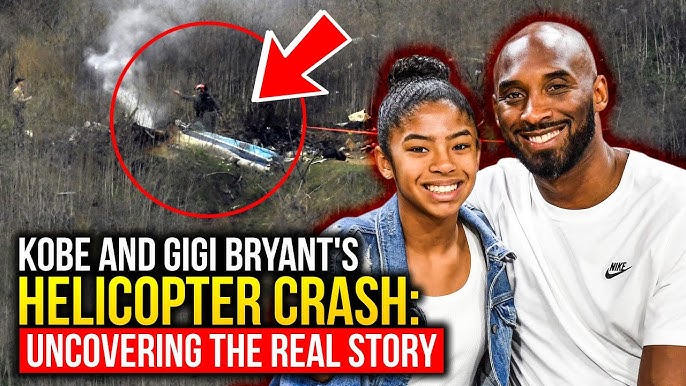The Sad Truth Behind Kobe Bryant’s Helicopter Crash
On the morning of January 26, 2020, the world was shaken by the tragic news that basketball legend Kobe Bryant, his 13-year-old daughter Gianna, and seven others had perished in a helicopter crash in Calabasas, California. The accident not only stunned fans around the globe but also raised questions about the circumstances that led to such an unthinkable loss.
Following a thorough investigation, the National Transportation Safety Board (NTSB) released its final report, shedding light on the harrowing details of what truly happened that day. The findings were sobering: the crash was not due to mechanical failure or sabotage, but rather a critical error in judgment by the pilot, Ara Zobayan.
According to the NTSB, the helicopter was flying under Visual Flight Rules (VFR), which rely on the pilot’s ability to see the horizon and navigate visually. However, on that fateful day, the aircraft encountered dense fog and poor visibility, creating conditions known as Instrument Meteorological Conditions (IMC). Despite these conditions, the pilot chose to continue the flight rather than turn back or land.
As the helicopter ascended into the thick cloud layer, Zobayan became spatially disoriented — a dangerous state where a pilot loses the ability to correctly interpret altitude, attitude, or speed due to the lack of visual references. Investigators concluded that this disorientation caused the pilot to believe the helicopter was climbing when it was, in fact, descending rapidly.
The helicopter ultimately slammed into a hillside at high speed, killing all nine passengers instantly.
The NTSB stressed that there was no evidence of engine failure or mechanical malfunction. The crash was a direct result of the pilot’s decision to press on through deteriorating weather — a choice that proved fatal. In their report, they highlighted the need for stronger safety protocols, better decision-making in high-risk situations, and the potential life-saving benefits of requiring terrain awareness technology in helicopters.
This tragic event stands as a stark reminder that even experienced pilots are not immune to the dangers of flying in unsafe weather. Kobe Bryant’s legacy will forever live on — not just as an athlete and father, but also as a symbol of the fragility of life and the importance of aviation safety.



